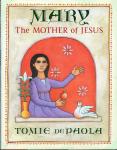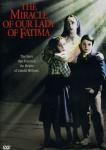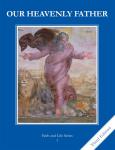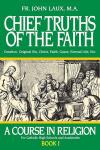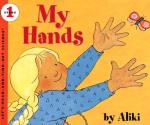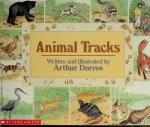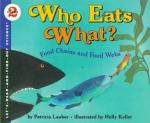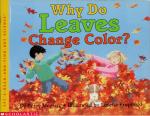Alicia Van Hecke
The Miracle of Our Lady of Fatima
This is a full length color movie of the story of Our Lady's apparitions to three children in Fatima, Portugal in 1917. It is faithful to the true story with just enough "Hollywood" to make it entertaining and likable even for the little ones. The scene where the three children are interrogated by the government officials might be is a little intense, so I wouldn't recommend having your little ones watch it without supervision. Otherwise, it's a great film for the whole family. My daughter (almost 6 years old) received this for Easter (Thank you Grandma! : ) and absolutely loved it.
Faith and Life Religion Series
This is a very popular religion series for Catholic homeschoolers. There are probably many reasons for this: they're reasonably priced, they're filled with beautiful selections of fine religious art, and they're unquestionably orthodox. The series incorporates questions from The Baltimore Catechism for memorization. Some homeschoolers don't like the brief content (the text contains approximately one lesson per week - although there is also a work book, teacher's manual and extensive resource guide available for each grade).
Chief Truths of the Faith
Originally published in 1928, the current edition published by TAN Books is a complete reproduction of the 1934 edition. The 1990 editor added some footnotes to bring the series more "up-to-date." This is a highly recommended series — it is the recommended high school religion text for Kolbe Academy, Mother of Divine Grace and Seton Home Study.
Animals of God - Three Catholic stories for children
This audio cassette tells the stories of three different animals who played roles in the lives of the Saints. They are told from the animals' point of view and are appropriate for small children. Similar to other Regina Martyrum audio dramas, they are performed with a full cast of voices and appropriate music and sound effects. I especially like the first story which helps to explain the Catholic belief about the Eucharist and the story of a miracle and a conversion involving St. Anthony of Padua and a donkey named Joshua.
My Hands
This is a nicely illustrated book for very young children on everything having to do with hands. The very simple text covers the names of the fingers (index, middle, etc.), the sense of touch, right or left-handed, the importance of thumbs and how different hands can be ("Daddy's hands are different from mine. They are big and rough and bony. Mother's hands are soft...") This is a charming little book for helping children appreciate how wonderfully they are made.
Animal Tracks
One of the things that fascinates me most about Wisconsin winters (I grew up in California) are the animal tracks clearly visible in the snow. It leaves a temporary record of what was visiting while you weren't looking – what a fascinating thing for homeschoolers to look into. Animal Tracks will make a nice resource for younger students to study local wildlife. This is an illustrated narrative of animal life with a little guessing game on each page based on the tracks left by each animal.
Who Eats What? Food Chains and Food Webs
This book explores the notion of various plants and animals that are linked together based on "who eats what." Children will learn about some simple food chains such as – leaf, caterpillar, wren and hawk. They also see how one plant or animal can belong to several food chains and that members or these related food chains (food webs) have a certain amount of dependence on each other. The text goes on to explain, through an example of a problem with over-hunted otters around the turn of the century, that when part of a food chain is disturbed, the other members will also be affected.

